Possibly exhibited at the Beaux-Arts Salon in Nîmes in 1863.
In this painting, Cécile Berthod offers us a floral still life imbued with grace. Set against a soft, neutral background, a porcelain vase with finely gilded decoration occupies the center of the composition. From it springs a bouquet of azaleas with pink and white petals. Buds, blossoms, and flower heads form a rhythmic interplay of volumes and colors throughout the composition. The green, delicately veined leaves frame the corollas and enhance the chromatic contrast. A soft, diffused light reveals the silky texture of the petals and the gentle sheen of the porcelain. The dark wooden table beneath the vase emphasizes the lightness of the bouquet and creates pictorial balance.
The work reflects the influence of realism and the academic tradition of the 19th century: Berthod demonstrates attention to botanical accuracy and a faithful rendering of materials. Her brushwork, both precise and fluid, reveals technical mastery and a keen sense of harmony. The choice of a modest subject, treated with elegance, reflects the era’s appreciation for nature and femininity. The centered, refined composition invites a deeply intimate contemplation, where the fleeting beauty of flowers engages in quiet dialogue with the artist’s virtuosity.
A Lyon-based painter, Cécile Berthod settled in Lyon, where she spent most of her artistic career. Active from the mid-19th century, she regularly exhibited at the Lyon Salon between 1859 and 1876. She became known for her delicate still lifes, mainly floral and fruit compositions, executed in oil, watercolor, and pastel. Her work reveals great technical refinement and a marked sensitivity to the subtleties of light and texture.






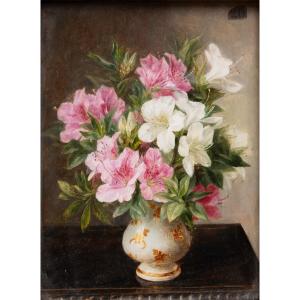












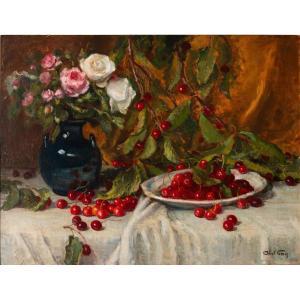




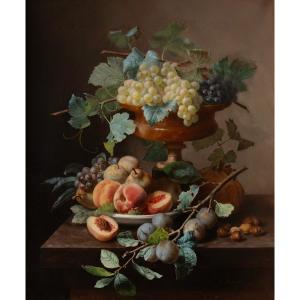


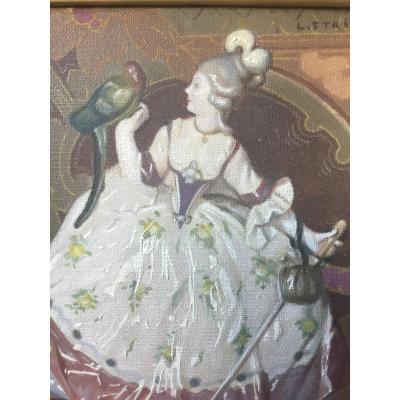


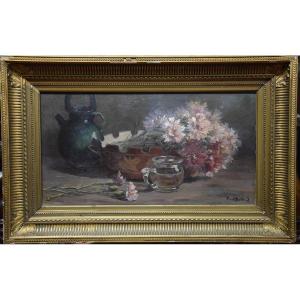



 Le Magazine de PROANTIC
Le Magazine de PROANTIC TRÉSORS Magazine
TRÉSORS Magazine Rivista Artiquariato
Rivista Artiquariato